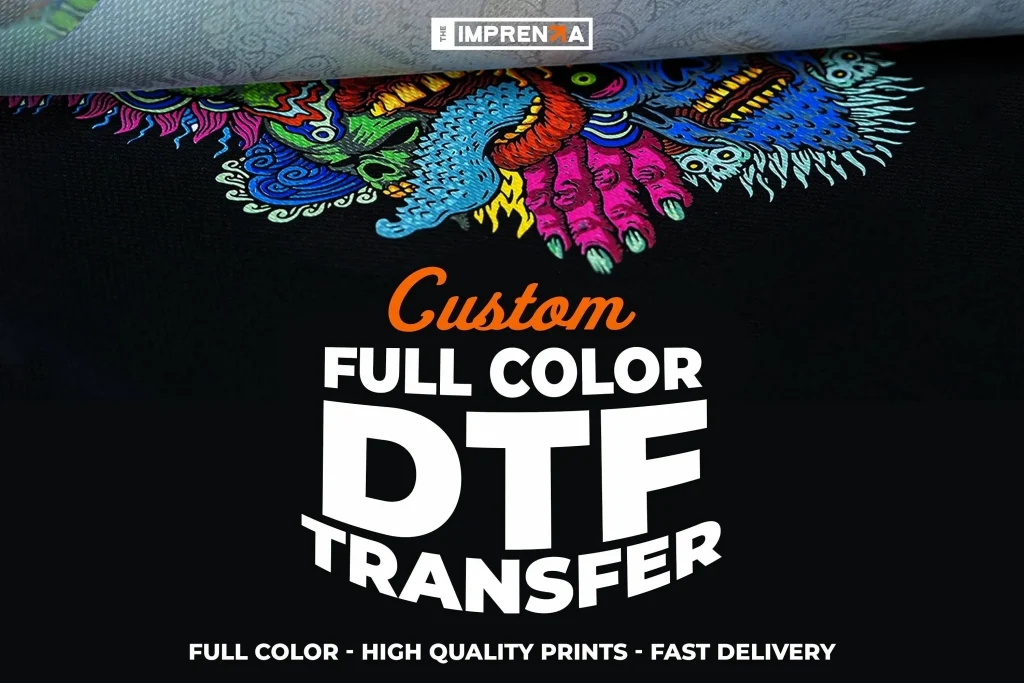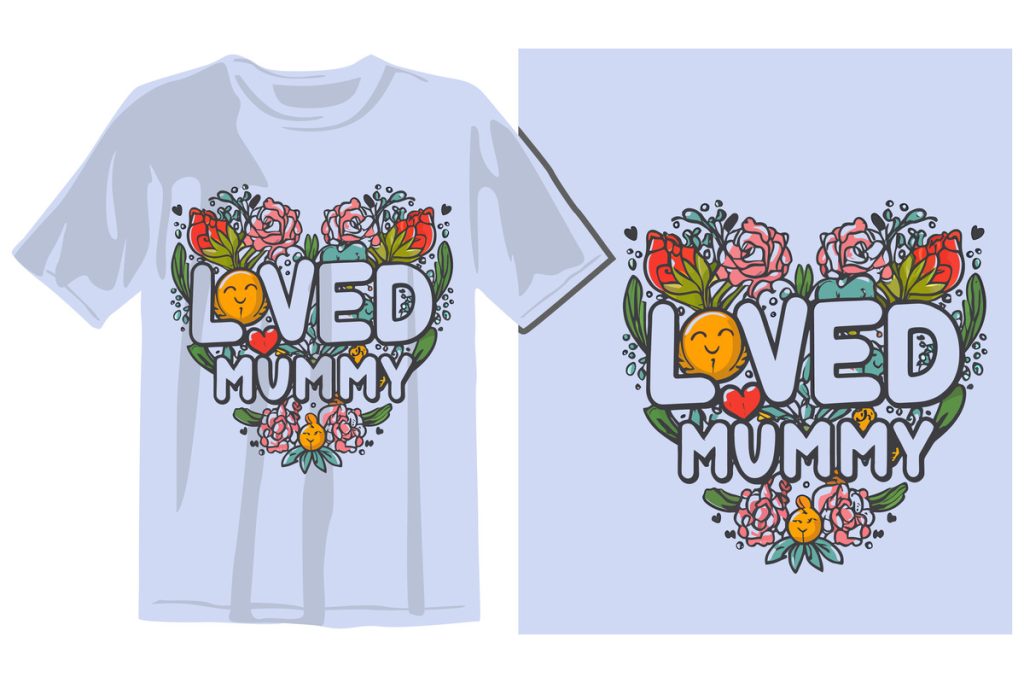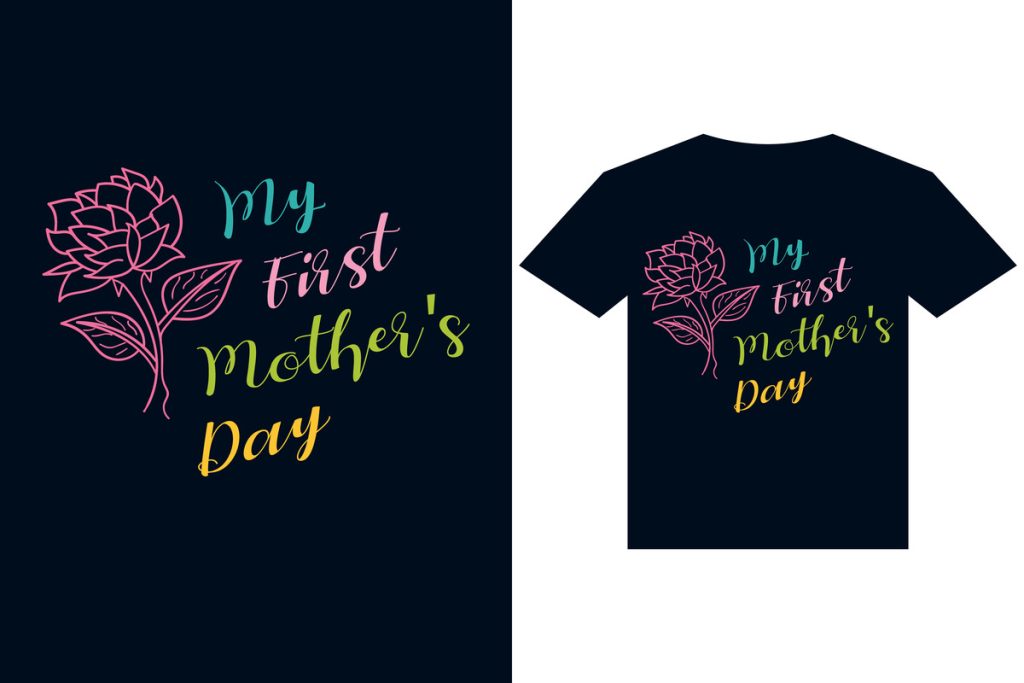DTF transfers, or Direct-to-Film transfers, are revolutionizing the custom apparel industry for small business owners. This innovative printing technique allows for stunning, high-quality designs to be transferred onto a variety of fabrics, providing businesses with the flexibility to cater to diverse customer preferences. As the market for DTF transfers continues to expand, entrepreneurs are discovering how to maximize profits while minimizing upfront costs associated with traditional printing methods. With a focus on enhanced product quality and effective marketing strategies, DTF printing for business is becoming essential for those looking to thrive in a competitive landscape. In this article, we will explore the best practices for utilizing DTF transfers to boost profitability and maintain sustainable printing practices.
In the realm of custom apparel, Direct-to-Film (DTF) printing emerges as a cutting-edge solution that caters to the evolving needs of today’s businesses. This method, which involves printing designs onto a specialized film that is subsequently applied to fabrics, presents considerable advantages such as vibrant color replication and intricate detail that traditional printing methods may struggle to achieve. By leveraging various alternatives within the industry, burgeoning enterprises can tap into the lucrative market of printed garments while ensuring sustainable practices are prioritized. As we delve deeper into the strategic approaches to adopt in DTF printing, it becomes clear that a thoughtful combination of quality production and savvy marketing can lead to significant financial growth and brand recognition.
Understanding the Benefits of DTF Transfers
DTF transfers have emerged as a versatile solution for customizing apparel, providing an exceptional blend of quality and efficiency. Unlike traditional screen printing methods, DTF printing allows for intricate designs to be applied to a wide range of fabrics, from cotton to polyester blends. This flexibility means businesses can cater to diverse consumer needs, whether for sportswear, fashion, or promotional items. The vivid colors and fine details achievable with DTF technology capture customer attention, setting a foundation for strong sales and repeat business.
Additionally, DTF transfers optimize production processes by reducing setup costs and time associated with printing. This results in a more streamlined operation, allowing small business owners to respond quickly to market demands without incurring high overhead expenditures. As the popularity of custom apparel continues to rise, businesses that leverage DTF transfers are poised to take advantage of this growing trend, positioning themselves competitively in the industry.
Investing in Quality Equipment for DTF Printing
Investing in high-quality DTF printers and inks is paramount for business owners looking to maximize their profits. Quality equipment not only enhances the print output but also minimizes errors, reducing costs associated with reprints and material waste. As noted in industry publications, businesses that prioritize quality tend to enjoy greater customer satisfaction due to the durability and aesthetics of their products. Over time, this initial investment in superior technology translates into higher profit margins and a loyal customer base.
Furthermore, reliable printers equipped with the latest technology can improve production speeds, allowing businesses to meet urgent orders and bulk requests more efficiently. This means that owners can capitalize on immediate sales opportunities, effectively increasing their overall revenue. In the competitive landscape of custom apparel, the ability to deliver consistent, high-quality prints quickly can distinguish a brand and foster long-term business success.
Design Elements that Drive Sales in DTF Printing
Innovative and engaging designs are crucial for capturing customer interest and driving sales in the DTF printing industry. Utilizing design software that aligns with DTF processes can enhance the quality and functionality of printed graphics, ensuring that products stand out in a crowded marketplace. Collaborating with skilled graphic designers brings fresh perspectives that can translate into unique offerings, positioning your brand as a leader in creative apparel.
Moreover, the design should not only appeal visually but also consider fabric compatibility and how colors will appear in printed form. Testing designs on various materials before going to market allows businesses to refine their products based on actual impressions, ultimately leading to better customer satisfaction and higher sales rates. This commitment to quality design fosters customer loyalty, contributing to sustainable growth in the custom apparel sector.
Testing and Quality Control in DTF Transfers
Conducting sample tests is an essential part of the DTF printing process that ensures quality control and customer satisfaction. Before launching new designs or products, businesses should create samples to assess print quality, color accuracy, and overall fabric compatibility. Engaging customers in feedback sessions during this phase provides valuable insights and helps with refining designs to meet consumer preferences.
Additionally, regular quality checks in the production process can prevent costly errors and maintain a consistent level of excellence across all products. By prioritizing sample testing and quality control, businesses position themselves to capture a larger share of the market, as satisfied customers are more likely to return for future purchases and recommend the brand to others.
Strategic Pricing Models for DTF Transfers
Effective pricing strategies are critical for maximizing profits in the DTF transfer business. Staying informed about market trends and closely monitoring competitor pricing allows businesses to adjust their prices strategically. Implementing tiered pricing for bulk purchases can incentivize larger orders, making it an attractive option for businesses aiming to increase sales volume without sacrificing profit margins. This approach is particularly effective in the custom apparel industry, where customers often seek personalized items in bulk.
Additionally, businesses should consider offering promotions or discounts during peak seasons to attract more customers. By creating a dynamic pricing strategy that reflects both market conditions and customer needs, business owners can optimize revenue and operate sustainably in a competitive landscape.
Implementing Sustainable Practices in DTF Printing
In today’s environmentally conscious market, incorporating sustainable printing practices is essential for business success and enhancing your brand image. Eco-friendly materials, such as water-based inks and recycled films, not only appeal to the growing demographic of environmentally conscious consumers but can also be marketed as a unique selling proposition. By prioritizing sustainability, businesses can differentiate themselves from competitors and attract a loyal customer base that values ethical practices.
Furthermore, adopting sustainable business practices often leads to cost savings in the long run, as efficient use of resources reduces waste and operational expenses. Companies that embrace sustainable printing can effectively communicate their commitment to environmental stewardship, strengthening both brand reputation and customer relationships. In an era where consumers increasingly prefer brands that align with their values, integrating eco-friendly practices becomes an essential strategy for enhancing profitability.
Frequently Asked Questions
What are DTF transfers and how do they work?
DTF transfers, or Direct-to-Film transfers, are a printing method that involves printing designs onto a special film, which is then transferred to fabrics using heat and pressure. This technique allows for vibrant colors and intricate designs on a variety of materials, making it popular in the custom apparel industry.
How can I maximize profits using DTF transfers for my business?
To maximize profits with DTF transfers in your business, invest in high-quality DTF printers and inks, focus on engaging designs, conduct sample testing before production, optimize your pricing strategies, and implement effective marketing plans. Additionally, cultivating strong customer relationships and incorporating sustainable printing practices can further enhance your profitability.
What equipment is needed for successful DTF printing?
For successful DTF printing, it is essential to have a reliable DTF printer, compatible inks, heat press machines, and transfer films. Investing in quality equipment minimizes errors and improves print quality, allowing you to deliver superior products to your customers.
Why is sustainability important in DTF printing for businesses?
Sustainability is crucial in DTF printing as consumers increasingly demand eco-friendly products. By adopting sustainable printing practices, businesses can attract conscientious customers and differentiate themselves in the competitive custom apparel market, enhancing overall brand reputation.
What marketing strategies work best for promoting custom apparel made with DTF transfers?
Effective marketing strategies for promoting custom apparel made with DTF transfers include utilizing social media platforms, creating engaging content such as videos of the printing process, and leveraging user testimonials. Targeted social media ads can also help reach specific demographics, increasing customer engagement and brand visibility.
How should I price my DTF transfer products to attract customers?
To attract customers with your DTF transfer products, consider implementing tiered pricing for bulk purchases and regularly evaluating competitor pricing. Staying informed about market trends will help you adjust your pricing strategy effectively, ensuring you remain competitive while maximizing profit margins.
| Key Point | Details |
|---|---|
| Invest in Quality Equipment | Reliable DTF printers and inks improve print quality and profitability. |
| Focus on Design | Use compatible design software and collaborate with graphic designers to create engaging designs. |
| Conduct Sample Testing | Test prints on various fabrics and gather feedback to refine designs. |
| Optimize Pricing Strategies | Stay updated on market trends and adjust pricing models to attract customers. |
| Effective Marketing | Utilize social media and engage customers with tailored content. |
| Cultivating Customer Relationships | Provide excellent service and follow-up to build loyalty. |
| Incorporate Sustainability Practices | Use eco-friendly materials and practices to enhance brand reputation. |
Summary
DTF Transfers are revolutionizing the custom apparel industry by providing business owners with opportunities to enhance profitability and market reach. By implementing best practices such as investing in quality equipment, focusing on design, conducting comprehensive sample testing, optimizing pricing strategies, marketing effectively, cultivating strong customer relationships, and adopting sustainable practices, businesses can maximize their potential in this competitive landscape. As we continue to see a rise in demand for DTF transfers, it’s essential to embrace these strategies to ensure sustained growth and success.



